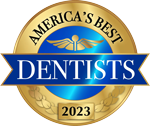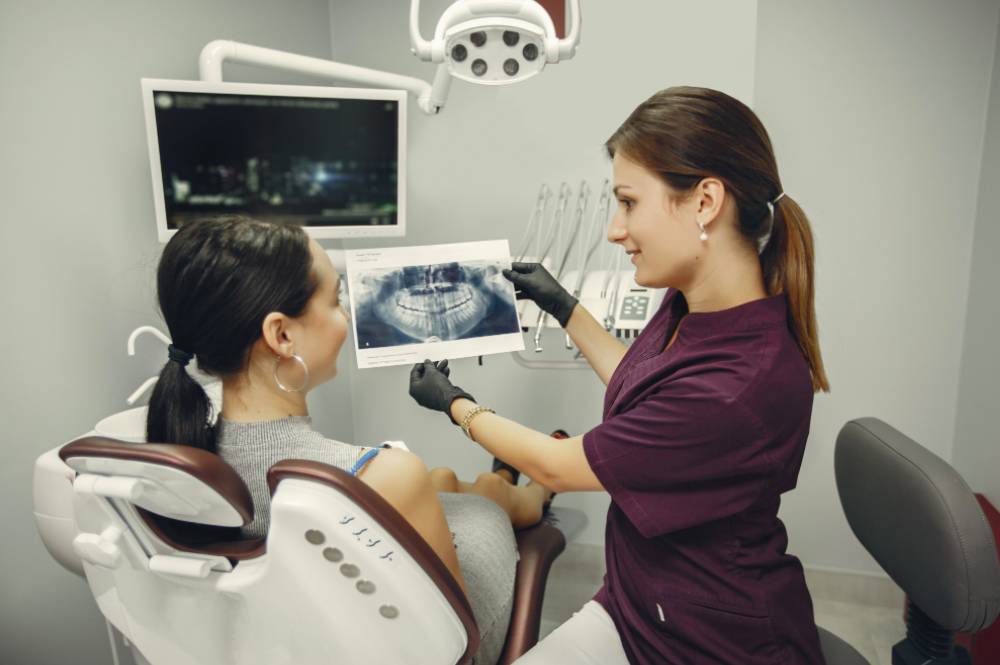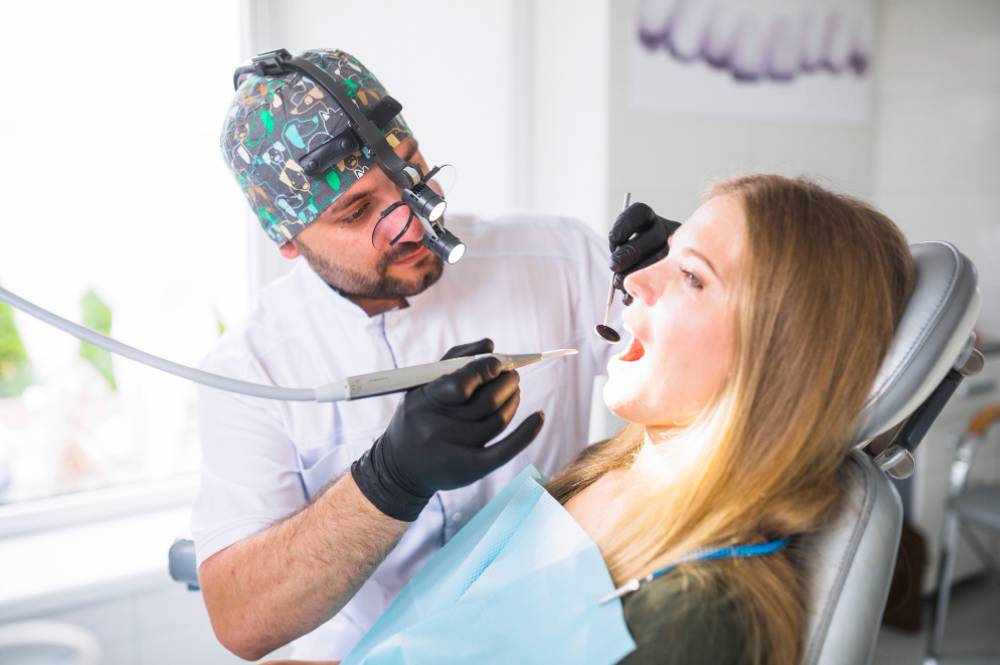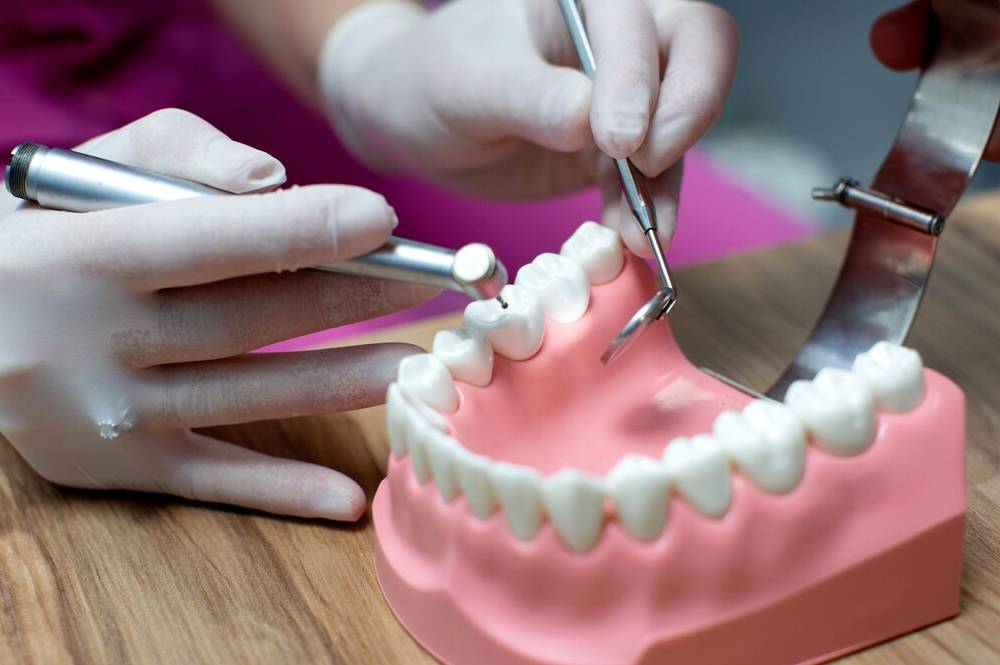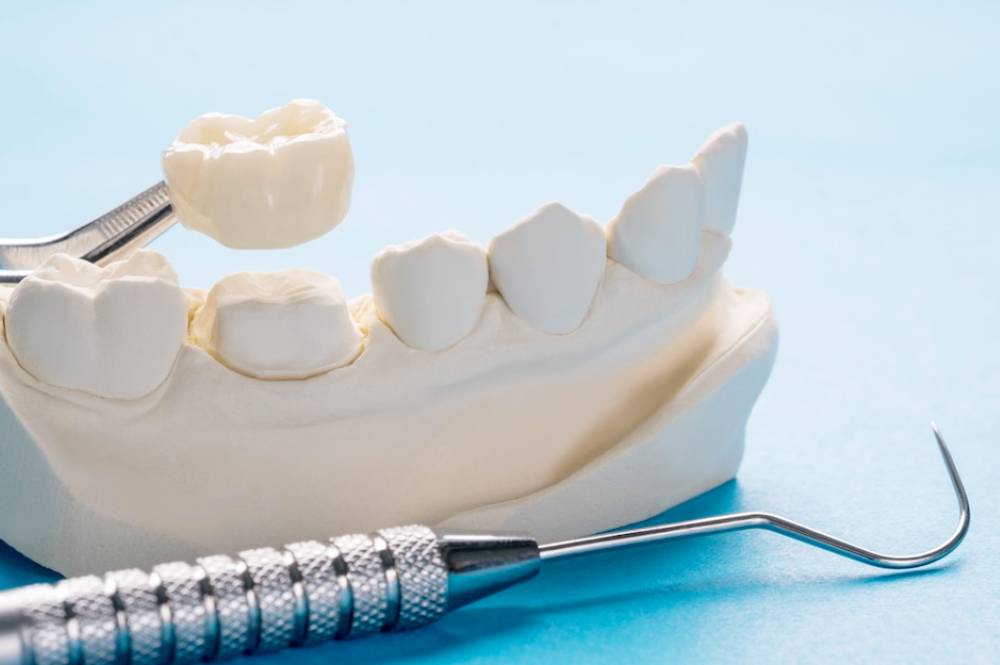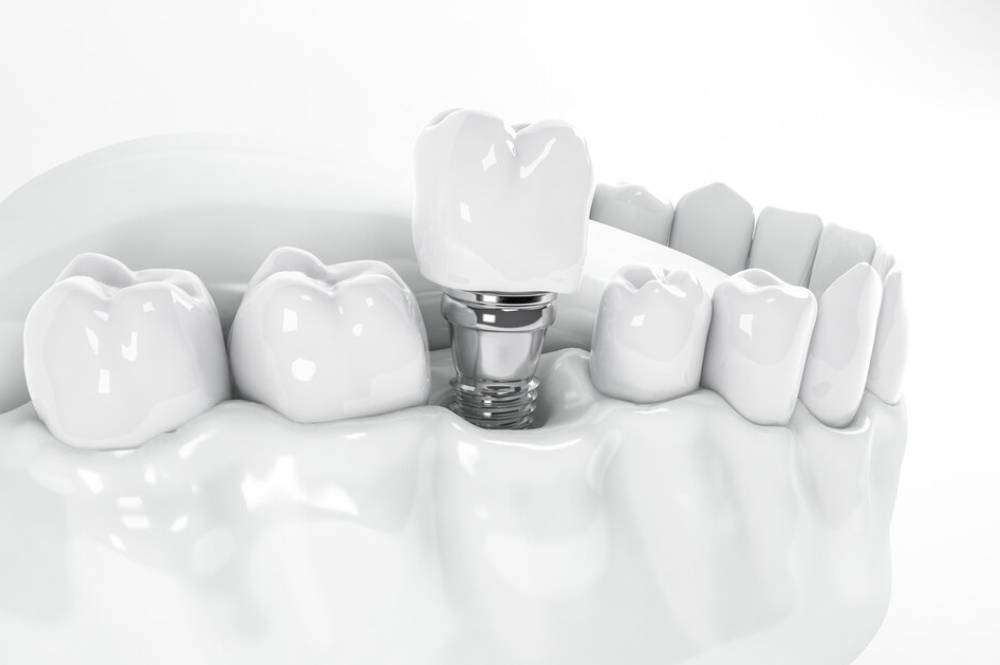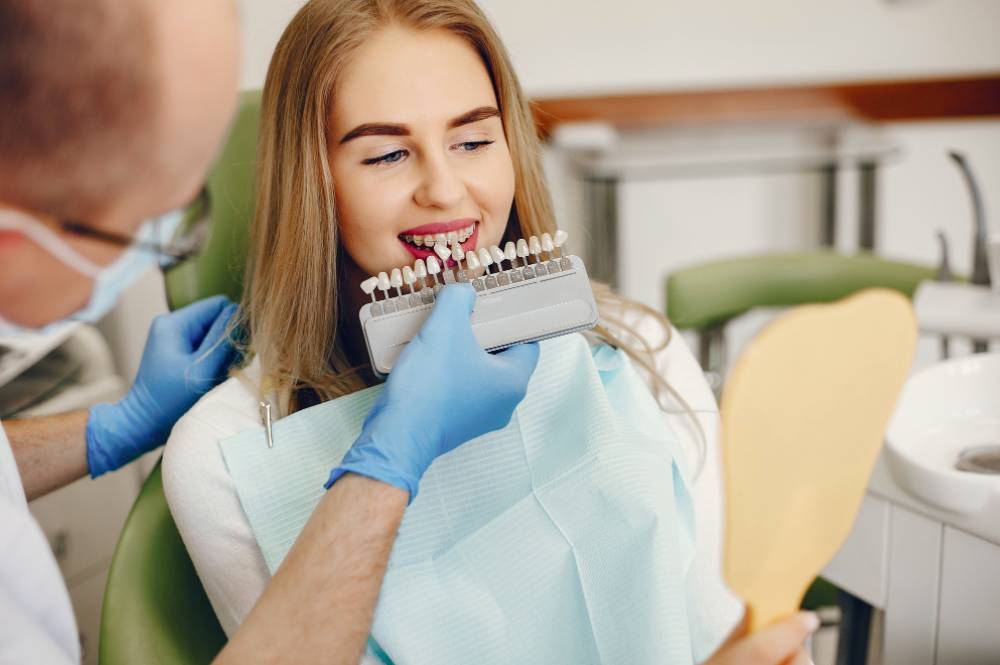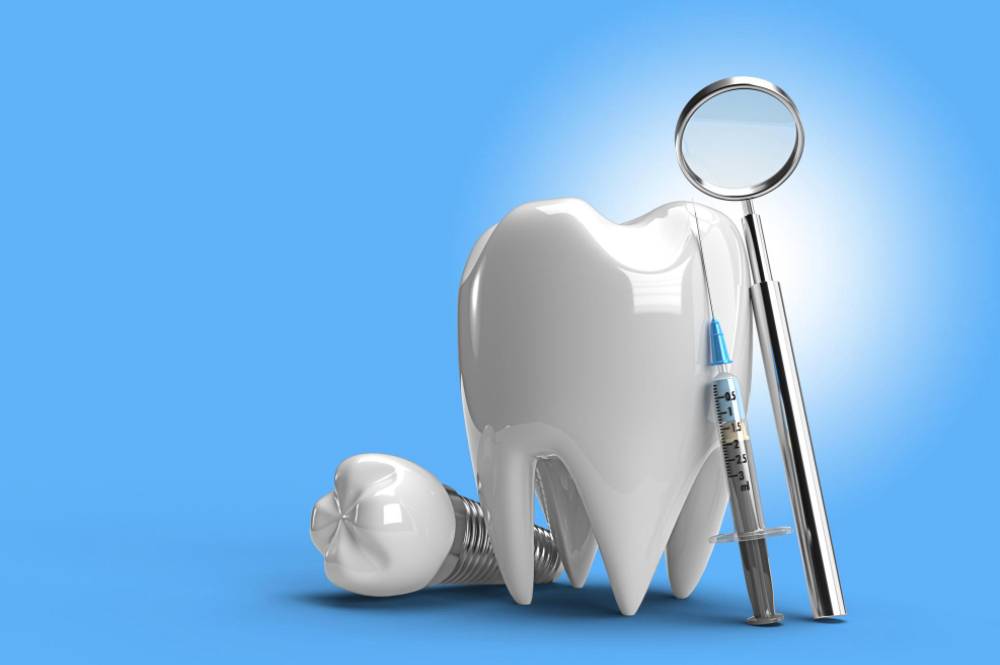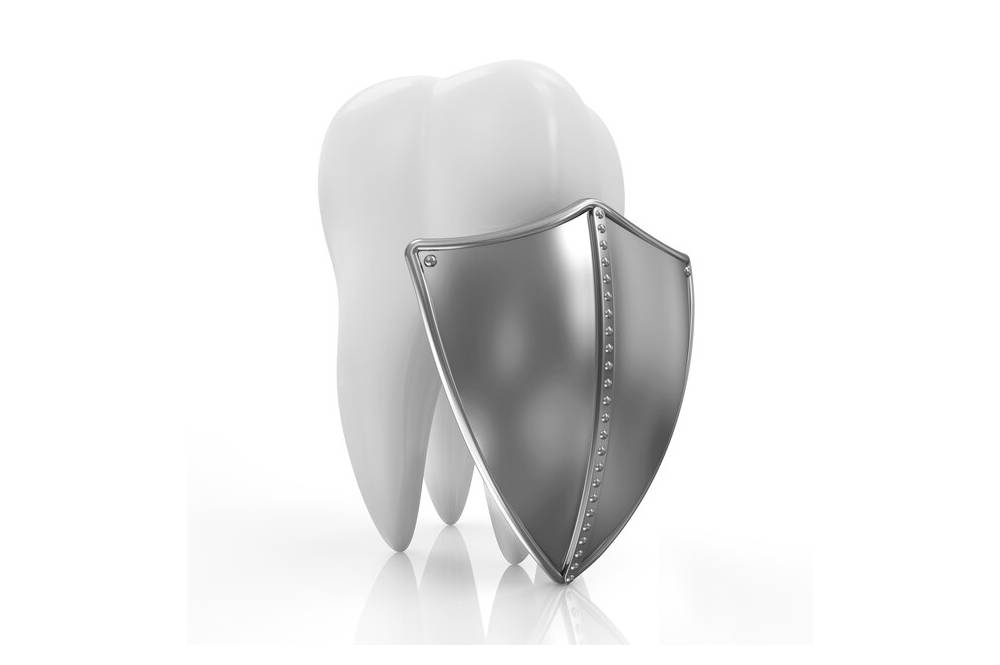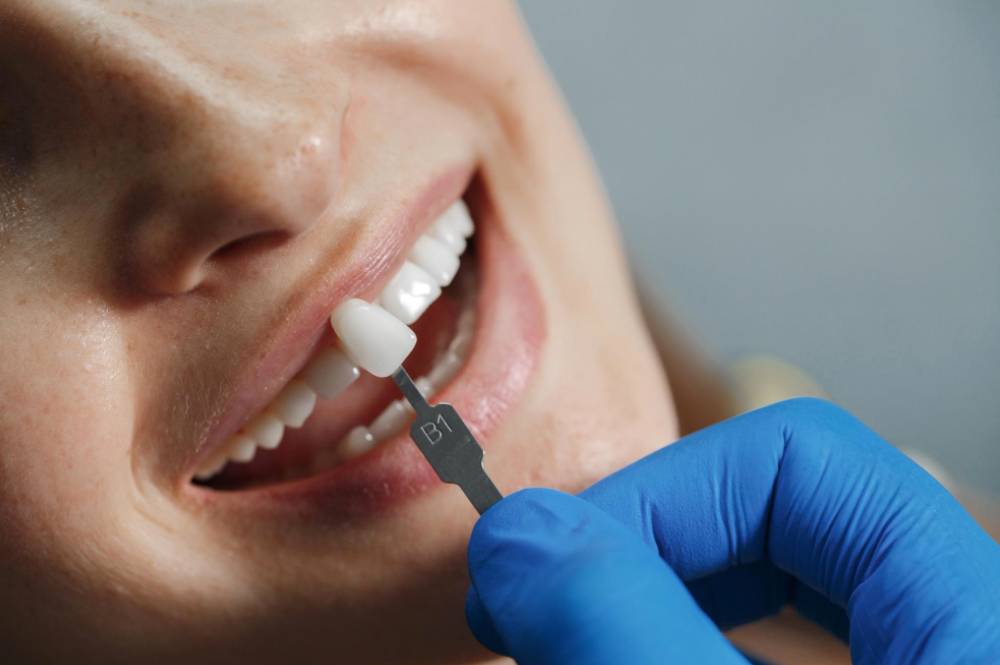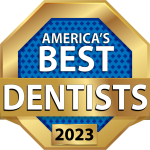The average cost of dental cleaning in the United States is $150.
However, the cost of a dental cleaning can vary significantly based on several factors. Some factors that affect the price of dental cleanings are outlined below.
At Callahan & Klein Dental we provide dental cleanings that uniquely combine state-of-the-art technology with a personalized approach, ensuring each patient receives precise and gentle care tailored to their specific oral health needs.
Read a recent patient review regarding a dental cleaning:
“Kathy is thorough in her cleanings and great to make sure I am doing ok throughout the entire experience.”
Andrea P.
Factors Affecting the Cost of a Dental Cleaning
Geographical Location: Dental services in urban areas with higher living costs tend to be pricier than in rural locations.
Dentist’s Experience and Reputation: Established practitioners with a solid reputation might charge more for their expertise.
Learn more about Drs. Callahan and Klein
Type of Cleaning: The specific cleaning needed, from routine prophylaxis to intensive scaling and root planing, can influence the price.
Insurance Coverage: Those with dental insurance may have varying coverage levels, affecting out-of-pocket expenses, while the uninsured may bear the full cost.
Additional Procedures: Incorporating services like X-rays or fluoride treatments into the visit can add to the overall expense.
Different Types of Dental Cleanings
Another factor that can impact how much a dental cleaning costs is the type of cleaning. The $150 average dental cleaning cost stated earlier in this article is referring to a regular cleaning.
Regular Cleaning:
Description: This is the most common type of dental cleaning and is recommended for individuals with generally good oral health.
Purpose: Removes plaque, tartar, and minor stains from the teeth’s surfaces.
Frequency: Typically suggested every six months to maintain oral health.
Scaling and Root Planing (Deep Cleaning):
Description: This is a more intensive cleaning, often split into multiple visits.
Purpose: Specifically designed for those with periodontal (gum) disease. It cleans between the gums and teeth down to the roots, targeting plaque, tartar, and bacteria.
Frequency: As needed, based on the severity of gum disease and dentist’s recommendation.
Full-Mouth Debridement:
Description: Performed when there’s so much tartar buildup that a regular cleaning isn’t possible.
Purpose: To remove heavy tartar and plaque deposits to allow the dentist to properly examine the mouth and plan further treatments.
Frequency: As required, typically for individuals who haven’t visited the dentist in a long time.
Periodontal Maintenance:
Description: Ongoing deep cleaning after initial treatment for periodontal disease, such as scaling and root planing.
Purpose: To prevent the recurrence or progression of periodontal disease by regularly cleaning deep pockets and root surfaces.
Frequency: Usually every 3-4 months, depending on the patient’s condition and dentist’s advice.
Gross Debridement:
Description: This type of cleaning is done to give the dentist a clearer view when regular cleaning isn’t enough.
Purpose: Removal of thick or bulky buildup to facilitate a more thorough examination or diagnosis.
Frequency: As required, often a precursor to other treatments or cleanings.
Each type of cleaning serves its unique purpose and caters to specific dental needs. Regular dental check-ups can help in determining the appropriate type of cleaning needed for an individual, ensuring optimal oral health.
Average Cost of Dental Cleanings
Dental cleaning prices will also vary depending on whether you are using insurance or not using insurance. Below is a breakdown – keep in mind these are general figures and may not represent exact costs in Texas.
Without Insurance:
- Prophylaxis (Regular Cleaning): Typically ranges from $70 to $200.
- Scaling and Root Planing (Deep Cleaning): Approximately $200 to $400 per quadrant, meaning a full mouth could be anywhere from $800 to $1,600.
- Full-Mouth Debridement: Roughly $75 to $150.
- Periodontal Maintenance: About $100 to $300 per visit.
With Insurance:
- Most dental insurance plans cover preventive care, including dental cleanings. However, the amount of coverage varies depending on the plan. Some plans cover 100% of the cost of preventive care, while others only cover a percentage.
- Deep cleanings and other treatments may be covered at 50-80%, leaving the patient to pay the remainder. For example, if scaling and root planing cost $1,200 for the entire mouth and insurance covers 70%, the out-of-pocket expense would be $360.
- It’s essential to check with individual insurance providers for specifics on coverage percentages and limitations.
Remember, these are general figures and may not represent the exact costs in Colorado. It’s advisable to obtain direct quotes from dentists in your region to get an accurate idea. Contact Callahan & Klein Dental for more information on the cost of different dental cleanings.
Summary
Dental cleanings are an important part of preventive dental care. They can help to remove plaque and tartar buildup, which can prevent gum disease and tooth decay.
The cost of dental cleanings can vary depending on a number of factors, but there are a few things you can do to save money. You can also use your dental insurance to cover the cost of your cleanings.

